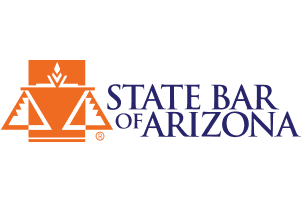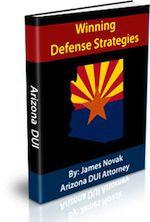- Free Initial Consultation: (480) 413-1499 Tap Here To Call Us
Arizona Defendant Successfully Appeals Manslaughter Conviction
In a recent case coming out of an Arizona court, the defendant successfully appealed his convictions following a car accident at least partially caused by his speeding. The defendant was originally charged with and convicted of manslaughter, aggravated assault, and criminal damage. Because of his appeal and the facts surrounding the accident, the higher court vacated the trial court’s original decision.
Facts of the Case
According to the opinion, the defendant was driving between seventy and ninety-five miles per hour in a forty-five miles per hour zone. While going at this speed, the defendant struck another car, causing the two passengers of that second car to be ejected from the vehicle. The second car’s driver was a man and the passenger was his seven-month-old son. Neither passenger was wearing a seatbelt, and the father had THC in his system at the time of the crash. Tragically, the seven-month-old son died as a result of the crash.
The father pled guilty to driving under the influence and endangerment after the crash. The main defense raised by the defendant was that he alone was not responsible for the injuries – it was true, said the defendant, that he was speeding, but the father was also under the influence and without a seatbelt at the time of the crash. Thus, according to the defendant, he could not take all of the blame.
more The Decision
The court considered this argument, that the father’s drug use and lack of a seatbelt could have also been causes of the crash. The court noted that sometimes juries receive what is called a “superseding cause” instruction. This means that the judge instructs juries to consider that another person’s actions have intervened and caused the accident in question. Occasionally, if a jury decides that this other person’s actions were a significant factor in the accident, the defendant can avoid liability.
In this case, said the higher court, a superseding cause instruction was not appropriate. The defendant’s excessive speeding occurred at the same time as the father’s failure to use a seatbelt and drug use. For the superseding cause instruction to apply, the father’s actions would have to have occurred after the defendant’s speeding. Arizona law is clear that the superseding cause instruction only applies when the two actions do not occur at the same time.
The defendant’s excessive speeding continued up to the time that the seven-month-old child was thrown from the car. Thus the speeding worked together with the lack of seatbelts to cause the injuries. Because the father’s occurred simultaneously with the speeding, the superseding cause instruction was not appropriate.
However, the court of appeals still vacated the defendant’s conviction on a more technical issue. The court disapproved of the fact that the lower court made a decision on this superseding cause instruction without first establishing whether the two actions occurred at different times or at the same time. It is necessary for Arizona courts to first determine the timeline of events before deciding if a superseding cause instruction is appropriate. Because the lower court failed to make this analysis, the higher court determined that the order should be vacated. The defendant’s appeal was thus successful.
Are You Facing Criminal Charges After a Car Accident in Arizona?
If you are defending yourself against Arizona DUI charges that have resulted from a car accident, give us a call at the Law Office of James E. Novak. We know the law and remain committed to using our expertise to make sure your voice is heard. For a free consultation, call us at 480-413-1499.






















